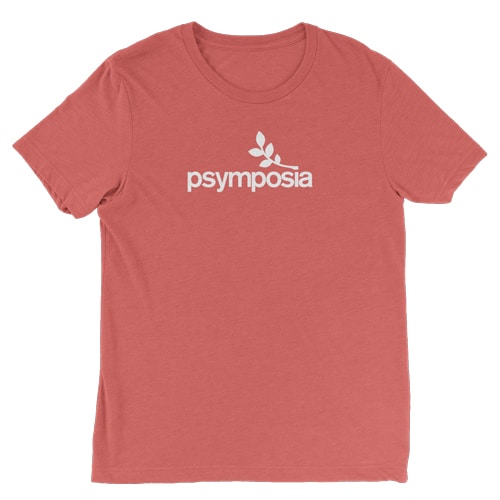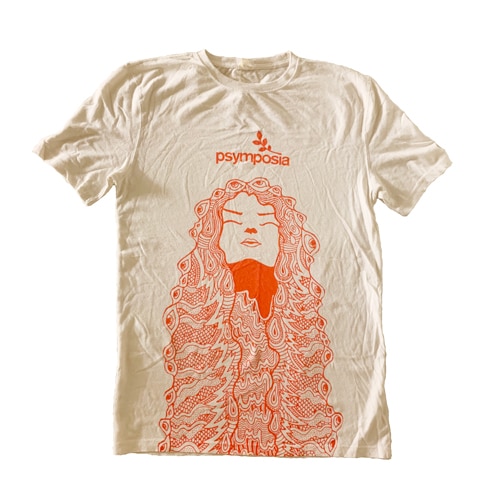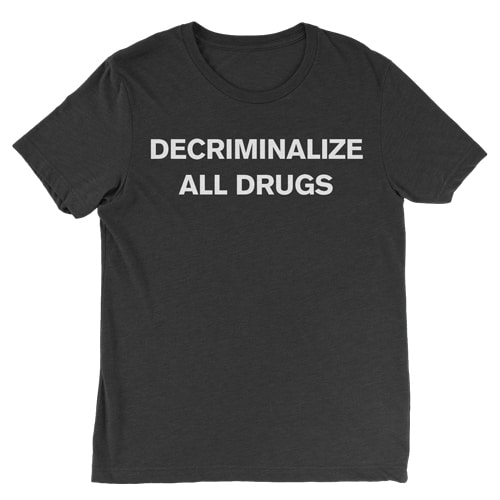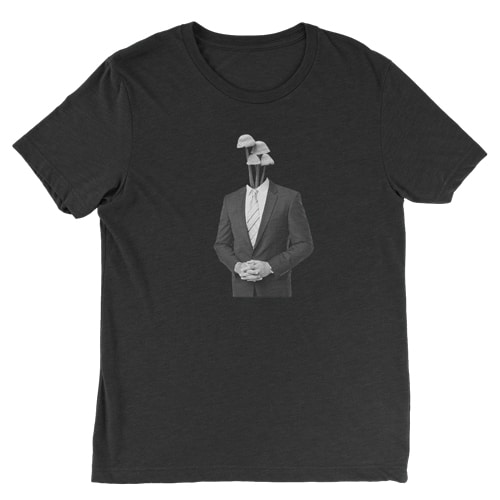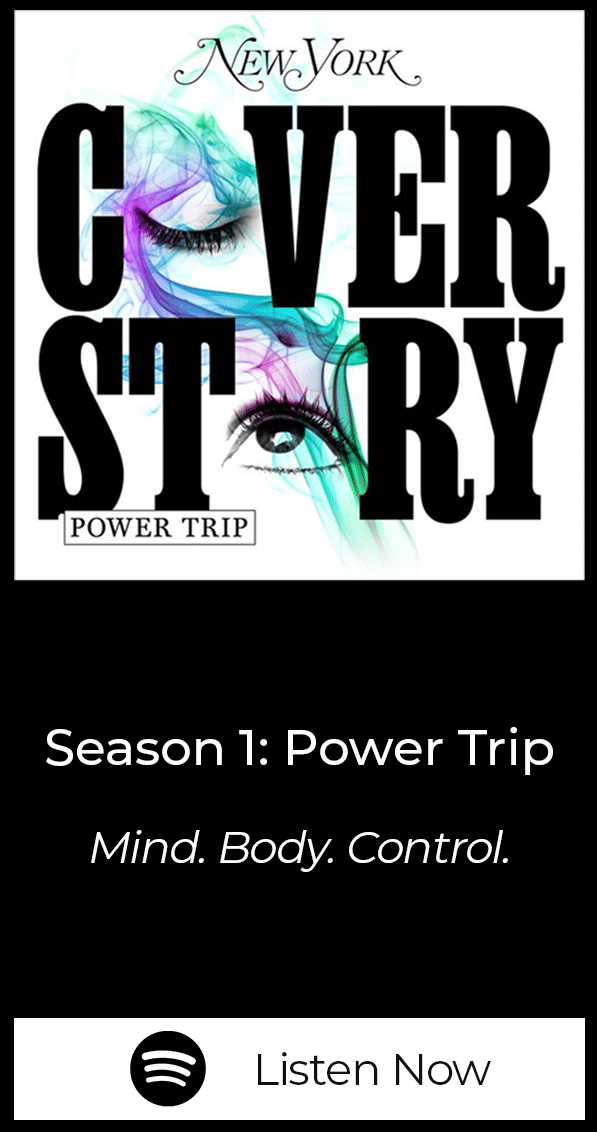Johns Hopkins studying effects of psilocybin on brains of long-term meditators
Are these states really similar? Many meditators have answered quite clearly, yes.
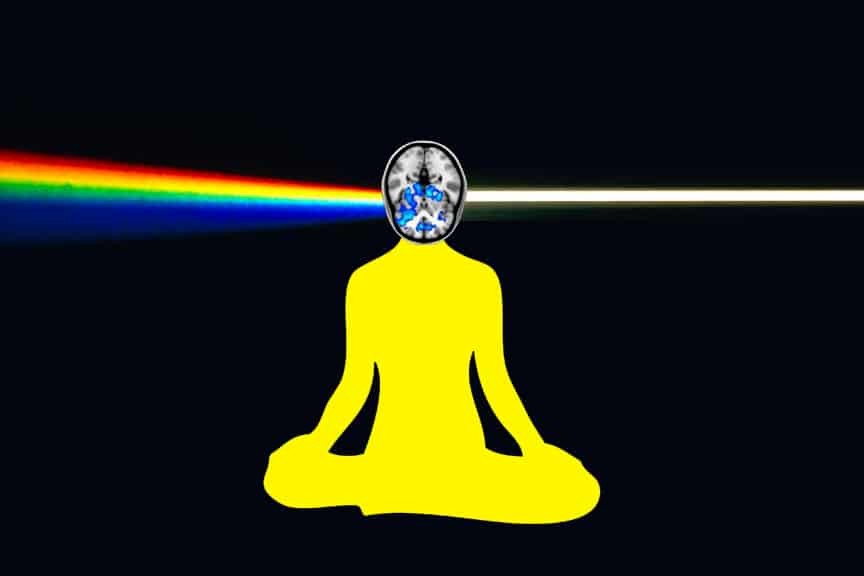
Psymposia is a 501(c)(3) nonprofit research and media organization that offers critical perspectives on drugs, politics, and culture. We rely on contributions from our readers and listeners. Your support is vital to sustaining Psymposia.
Support Psymposia’s independent journalism on Patreon and help us drive the Mystery Machine! We’re a bunch of meddling kids who are unmasking the latest shenanigans on the psychedelics beat.
There was a participant in the study who had had an extensive, extensive practice, like tens of thousands of hours of meditation, which is an incredibly extreme amount,” said Frederick Barrett, PhD at the Johns Hopkins Department of Psychiatry and Behavioral Sciences. “And she indicated after her psilocybin session that she relived all of the peak experiences she had ever had meditating. Wow.”
Barrett is currently studying the effects of psilocybin on the brains of long-term meditators, specifically default mode network functional connectivity and retrospective ratings of qualitative experience. It includes a set of experimental sessions separated by two-month buffers. The first two are split between psilocybin and placebos—participants who receive placebos are switched to psilocybin at later stages. Before and after the drugs are administered, participants get MRI scans to measure brain activity.
“We have a target of 40 people that we’re looking to enroll in the first portion of the study,” said Barrett. “And we actually just got finished screening the 40th person. So, they’re not completely enrolled yet, but we suspect we may have finally completed this study after three and a half years.”
Any study such as this poses certain difficulties. Funding must come from somewhere. In this case, Bill Linton, through the Heffter Research Institute, has generously kicked in. (Heffter, the Beckley Foundation, and MAPS have been the major benefactors of psychedelic research in the US and Europe for many years.) Regulatory hurdles are not insignificant—the research needs FDA approval under an Investigational New Drug application, and someone on the team needs a license to dispense Schedule 1 drugs. That would be Dr. Roland Griffiths, a mentor to Barrett and a drug researcher with decades of experience.
Then, there is the challenge of recruitment. “It was exceptionally difficult because we were really looking for a bit of a unicorn in terms of the participants for the study. So we were searching far and wide for individuals who had an established Buddhist meditation practice who were open to using or experiencing the effects of a psychedelic drug, but who hadn’t already done so within the context of their practice.”
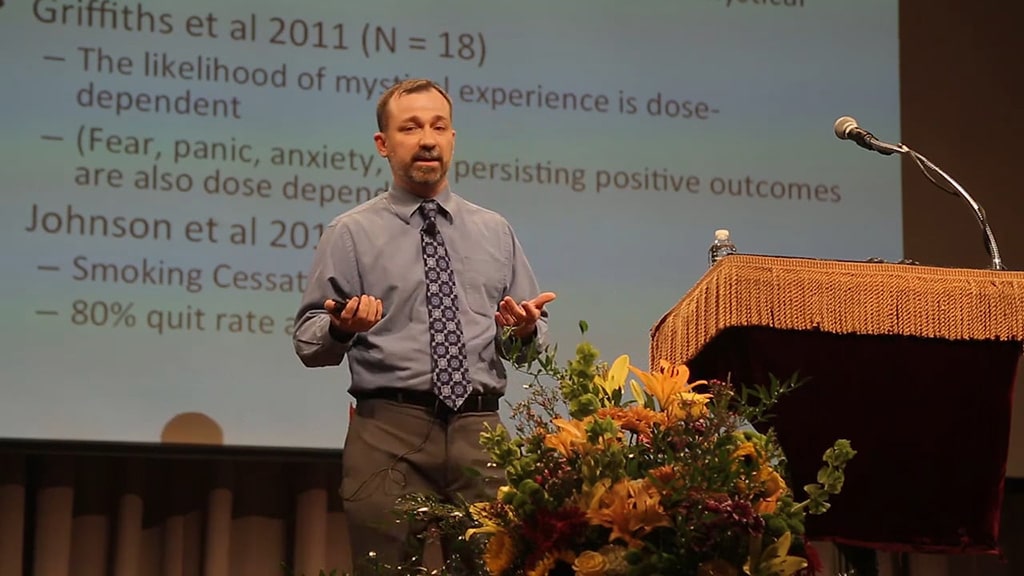
The fifth precept of Buddhism, as generally translated, forbids intoxication to the point of heedlessness. “There were some Buddhist teachers who, upon hearing and contemplating our study, said, ‘this is against my religion,’ to the extent that a Buddhist would ever say that. And, thankfully, there were others, the people who were good candidates for the study, who interpreted it much differently. That it’s just meant to say, ‘don’t do anything that will dim your awareness.'”
The threshold for what constitutes long-term meditators in this context is a fairly high one. Participants are required to have a daily practice sustained for at least three years. This could mean a 20-minute practice, provided there are no breaks, but usually means more serious dedication, including long retreats. “We calculated the average lifetime hours of meditation that were represented in the study was roughly 5,000,” said Barrett. “Hours and hours of meditation.”
Likewise, the doses of psilocybin administered are not low. While he can’t share exact dosages, Barrett provides an illustration. “We administer the drug in one location, in our research laboratory where we’ve done all of our synthesizing studies,” said Barrett. “An hour after drug administration, when they’re beginning to feel the effect of the drug, we get them in a car and drive them ten minutes across town to the imaging center… Of the 20 people who completed that portion of the study, 18 of them experienced the onset of drug effects before leaving to go to the imaging center. And each of the 18 people, when the hour was up and we were ready to get in the car, we asked, ‘Hey, how are you? Are you ready to go?’ And each of them hesitated a just a bit, and they’re, like, ‘Okay, you know, I guess I came here to do this, and we’re here, so I’m going to be a good subject,’ and we get in the car. But there was a substantial drug effect.”
Barrett has not yet fully immersed himself in the data emerging from this work, but as he presents his preliminary findings, the implications are clear. “There are a number of cases where descriptions of psychedelic drug experiences dovetail with descriptions of non-drug mystical, profound, or otherwise nominally psychedelic experiences,” he said. “A motivation of this research is to first ask the question of whether these things really are similar, to which many of our meditators have answered quite clearly, yes. A further motivation is to at least begin to reconcile the notion that, on one hand, you have a pharmacological, and on the other hand, a non-pharmacological route to the same space. Understanding the space that these two routes can bring us to, and understanding the neurobiological basis for these states, may help us to begin to better understand the biological basis of consciousness.”
Instruments such as the MRI can detect patterns in states achieved through different means, and may break down some of the barriers that impede objective understanding of subjective experiences. “Naturalistic research allows us a window into the experiences and practices of many traditions of consciousness alteration,” said Barrett. “Psychedelics allow us a reversible and somewhat controllable tool to peer into consciousness alteration. I see this and research on other traditions of consciousness alterations to be very complementary.”
Hey! Before you go… Psymposia is a 501(c)(3) non-profit media organization that offers critical perspectives on drugs, politics, and culture. We strive to ask challenging questions, and we’re committed to independent reporting, critical analysis, and holding those who wield power accountable.
Our perspectives are informed by critical analysis of the systemic crises of capitalism that have directly contributed to the unmitigated growth of addiction, depression, suicide, and the unraveling of our social relations. The same economic elite and powerful corporate interests who have profited from causing these problems are now proposing “solutions”—solutions which both line their pockets and mask the necessity of structural change.
In order for us to keep unpacking these issues and informing our audience, we need your continuing support. You can sustain Psymposia by becoming a supporter for as little as $2 a month.
Emerson Dameron
Emerson is a writer, communicator, and occasional comedian from Los Angeles. When he gets a laugh, that's as close as he expects to get to the alchemists.

